We used to get our apples from the ‘Apple Isle’ – Tasmania. But it’s not just apples that come from the state as Tasmanian farms produce a wide array of fruit, vegetables, dairy products and flowers. That’s what this island state of Australia was always best known for, apart from the natural beauty of the landscape and the convict past With good soil and a temperate climate suitable for supporting a wide range of farming activities. So here’s our list of the top farm related things to do in Tasmania…..
Tasmanian farms
The Tasmanian climate and soil combine to make much of the state a home to farms of all types. You’ll pass dairy farms, see sheep, deer and alpacas grazing, grape vines and wineries as well as orchards growing grapes, apples, and all types of berries. There are a number of Lavender farms you can visit – they are especially beautiful in the flowering season over the summer but please note that some may charge an entrance fee during the flowering season.
We stopped in at the Bridestowe Lavender Estate in Nabowla on our way from Launceston to Scamander and though the lavender was not in bloom, there was plenty available in their shop. Please note that during the flowering season over summer, this farm does charge for entry.
Also along that stretch of road, look for the turn-off on your right, to the Pyengana Dairy Farm and the Holy Cow Cafe. But make sure you arrive before they close at 5pm, because they are definitely not open after that, even if you want to buy some of their cheese.
During the summer and early autumn, look out for the many berry farms, or even pop up stalls selling the produce. The ice cream made with local milk and fresh berries on the side can sway the most determined dieter. Prices varied, but are not unreasonable – we enjoyed numerous bowls on our drive around the state.
Enjoy the farm produce
As you drive, You’ll pass through a varied rural landscape. There are no long drives between towns in Tasmania with little to see but red soil and a tree now and then. What you do pass through are rolling green hills, often providing feed to sheep, cows, horses as well as deer and alpacas, raised for their fleece, milk or meat.
If you’d like to ‘get up close and personal’ with the farm experience, you could look for a farm stay, or as we did, an Airbnb stay on a farm. One of our stays was on a mixed farm, with alpaca, sheep and a dam (like a small lake) where we looked unsuccessfully for the platypus family that lives there. All our stays included a simple breakfast but our overnight stay on the farm also included the option of a home cooked dinner of venison schnitzel, which we very much enjoyed.
There are vineyards and wineries dotted around the island, why not stop by and sample the wines and buy some to take home. ** Tip – be careful with your testing if you’re the driver, Australian drink driving laws are very strict.
In summary
We didn’t manage to squeeze in a visit to the Huon Valley, south of Hobart and home to many of the fruit farms. However, we did meet some of the farmers from this area at the Farmers’ Market on Sunday morning in the city (Bathurst Street) and were able to buy a selection of their produce. Many of the farms do have an on-site store, so if you do go for a drive be prepared to bring back lots of tasty and healthy purchases.
Two things we didn’t manage to see were two of the iconic wildlife representatives – the Tasmanian Devil and the Quoll. You can see them in Nature Parks – there is one on Bruny Island, but sadly we saw many on the roads who’d lost the battle with a car all across Tasmania. Drive carefully, especially in the early evening when they are likely to be out.
And if you do visit Tasmania and love it so much you want to live there (like a number of people we know) and have your family and friends along as well – then why not buy a farm or even a town? Tarraleah in the Central Highlands a couple of hours from Hobart, went on sale earlier this year for AUD 11million.
images ©LL
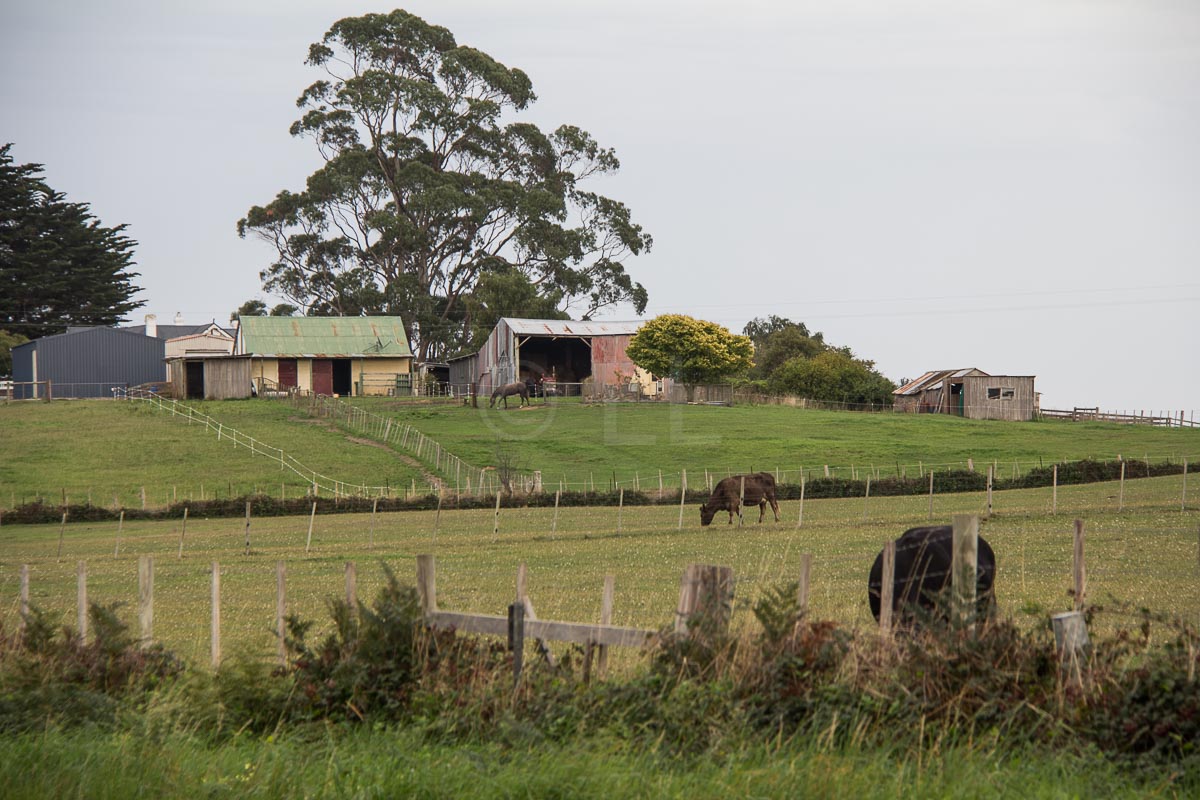
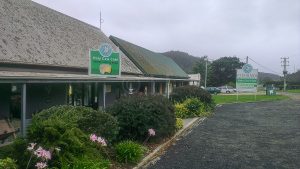
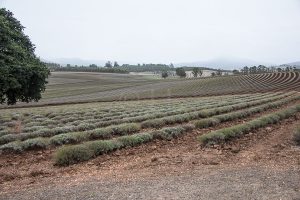
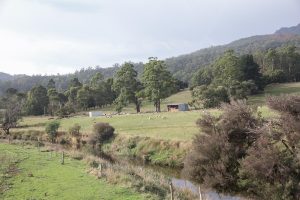
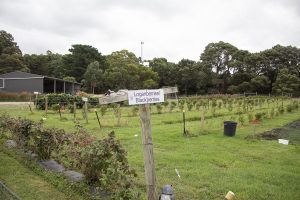
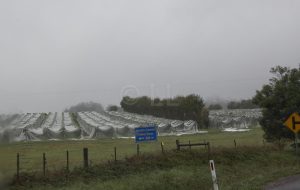
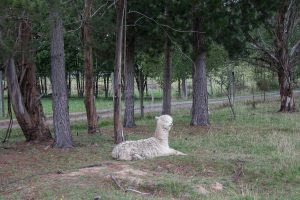






This Post Has 0 Comments